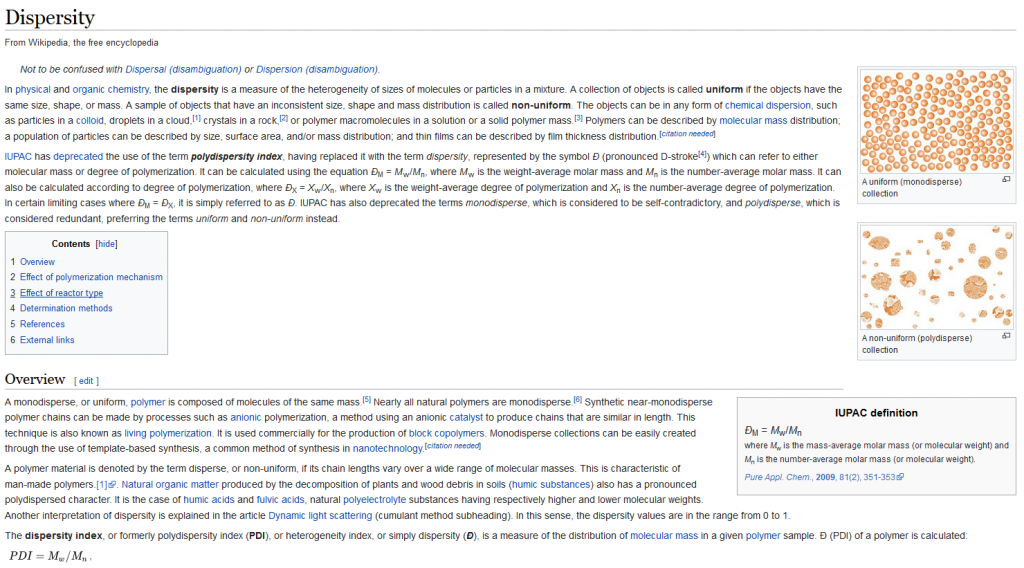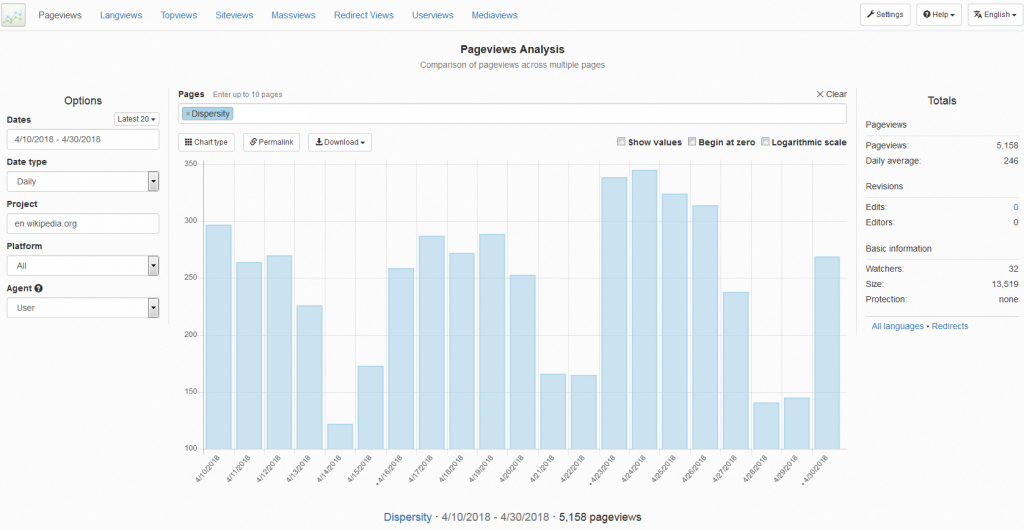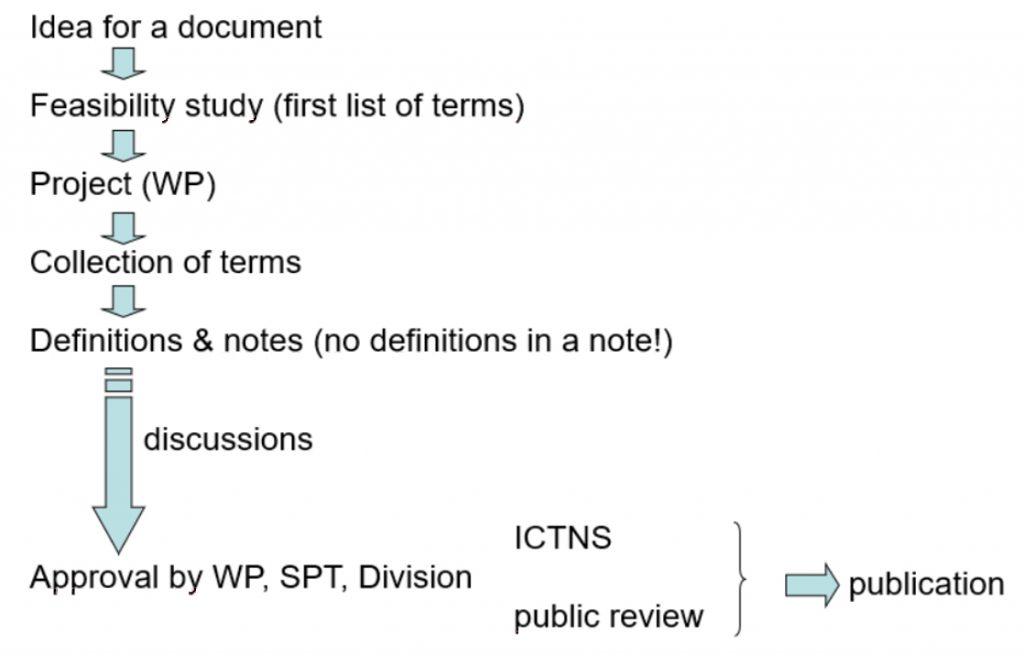We have arrived in an ‘information society’ where fast and reliable information is essential. Reliability and quality, however, is granted by proven expertise, independence and a tradition that stands for this quality. Doubtlessly, IUPAC is an independent, non-governmental, non-profit organization, which in the year 2019 can look back at a successful history of 100 years during which objective, reliable definitions, information, common language in the field of chemistry in general have been provided by IUPAC’s international teams. Electronic data processing and fast internet have now provided an universal, fast access to information. Things are coming together.
For many years the output of IUPAC’s work in chemical nomenclature and terminology – the ‘chemical language’ – was distributed by printed media, mainly through Pure and Applied Chemistry and books, such as the famous ‘colour book’: the gold book (Compendium of chemical terminology) [1], the blue book (Nomenclature of organic chemistry) [2], the red book (Nomenclature of inorganic chemistry) [3], the green book (Quantities, units, and symbols in physical chemistry) [4], the orange book (Compendium of analytical nomenclature) [5], the silver book (Compendium of terminology and nomenclature of properties in clinical laboratory sciences) [6], the white book (The biochemical nomenclature and related documents) [7] and, last not least ‘the bible’ of polymer scientists, the purple book (Compendium of polymer terminology and nomenclature) [8]. There is also a very useful summary in the Principles of chemical nomenclature [9] or A brief guide to polymer nomenclature [10] and A brief guide to the nomenclature of inorganic chemistry [11]. These books/guides are updated on a more or less regular basis, and many of them are on-line accessible.
However, these publications are commonly known mostly to chemists, and some knowledge about chemistry is required to find the way through the maze of information to find the information one is looking for, e.g. the definition of a term, proper naming or the structure corresponding to a name.







